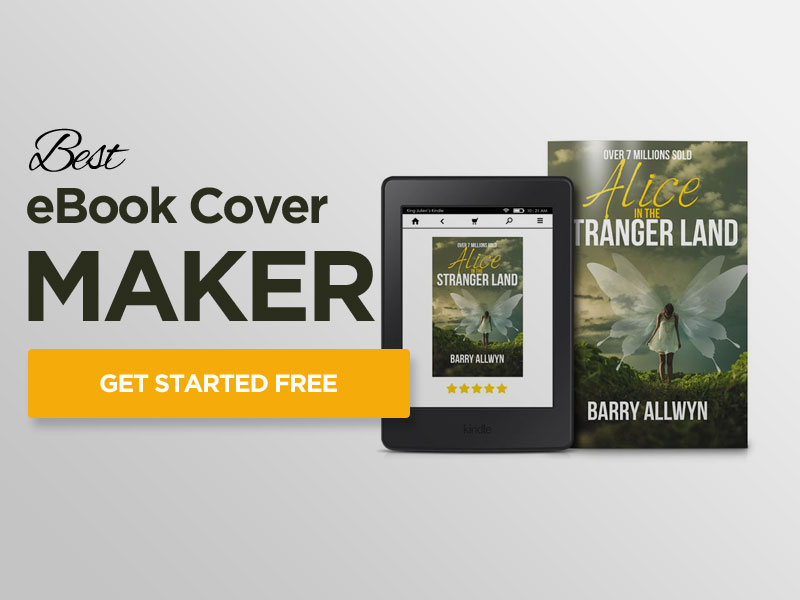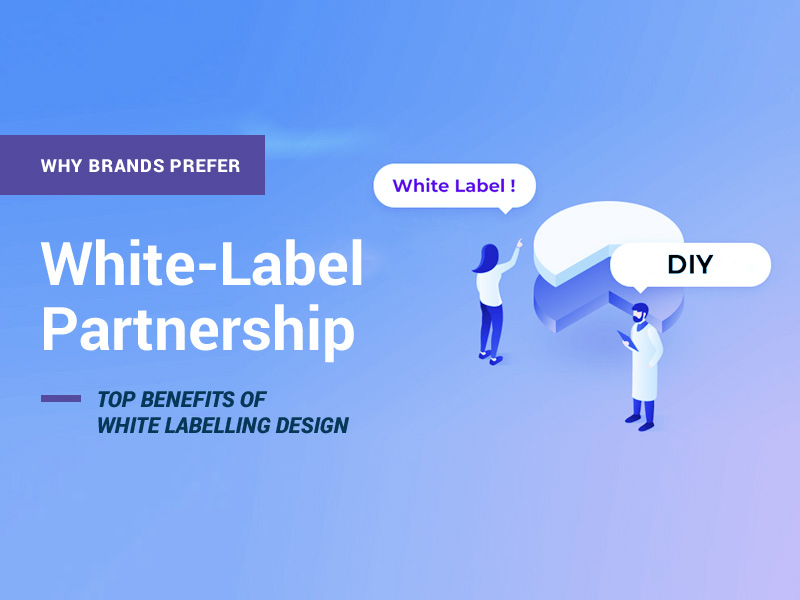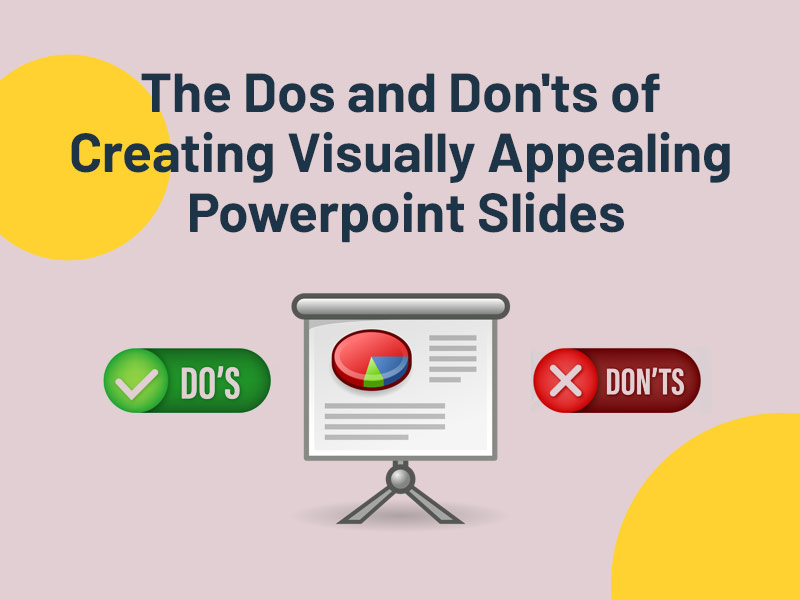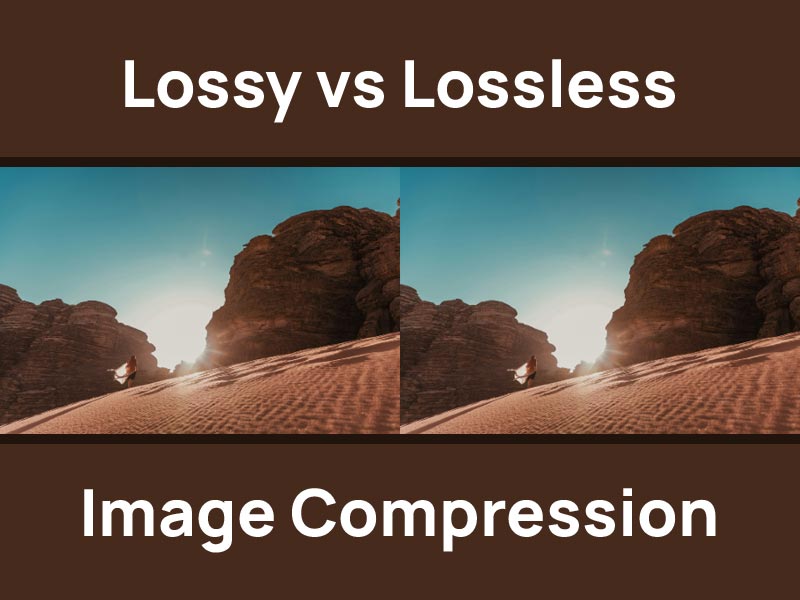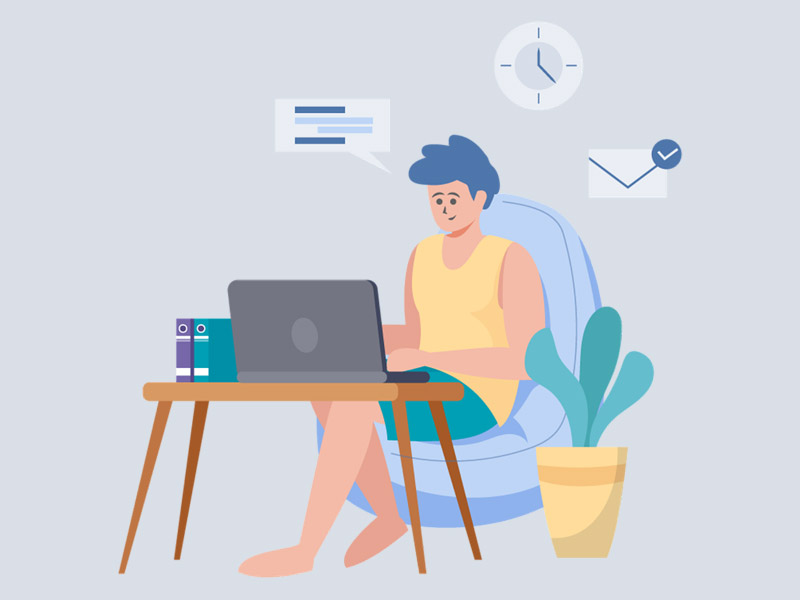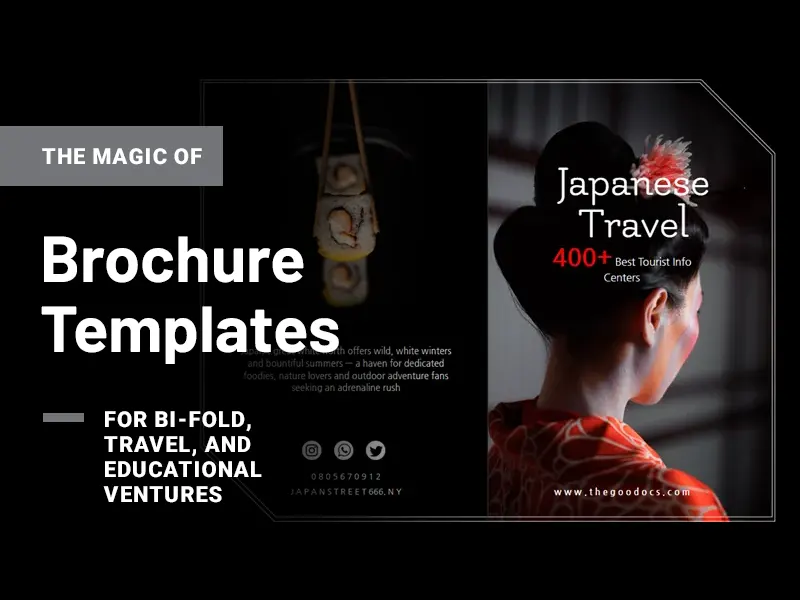The design of an online store plays no less role than its content. After all, the visual appearance is exactly what forms the first perception of a web resource: it attracts or, on the contrary, repels. It will be pleasing to the eye or annoying. Of course, it is impossible to make a design that is perfect in all aspects. However, the basic rules formulated by experienced web designers are still worth following. What they are, how to use them to attract customers – we are talking about today in this article.
Developing a successful design
Development of the design of an online store is a stage of work, which is preceded by serious analytics and preliminary design.
Research and analytics of target audience
Studying the client, the specifics of the niche of the future trading platform is necessary for the formation of an actual design. In other words, the correct and understandable visual series for your target audience. That is why it is important for a web designer to have a clear portrait of the target audience in front of his eyes: gender, age, social background, interests, type of professional activity – all those characteristics that have an impact on buying behavior and making a purchase decision.
Of course, web designers don’t do that kind of research. Typically, the customer’s marketing department or outsourcers make cuts, then provide the working materials to the specialist.
Marketing
Marketing is designed to stimulate a customer to make a purchase: to grab their attention, focus and retain. And how do marketing tools work if it’s not direct sales, but the design of an online store?
According to web designers, AIDA is becoming the most relevant and working model. And this is not the name of a follower of an ancient Greek deity.
The original name of the method is AIDA. The abbreviation stands for 4 stages of maturation to purchase: Attention, Interest, Desire, Action.
This business logic is based on the ideal model of interaction between a client and a web resource. If used correctly, it can be sold in four steps.
It is necessary to correctly place accents, offer a selling description, gently lead to the offer to buy – so that the user does not even notice.
Various sliders in the main part of the screen work great as accents to attract attention. Of interest are those selling descriptions of the main groups or offers for discounts: The urge to buy is stimulated by the time constraints of the offer.
Please note that simultaneously with attracting attention or forming a desire to buy, many online stores immediately stimulate the targeted user action: “Start shopping”, “Buy”, “Subscribe and get”.
Usability
The main rule of developing good usability is: don’t complicate. Make it clear to every user. Where is the buy button, where to get the necessary information, how to return to the previous page. It seems that everything is obvious and simple. But when it comes down to it, it turns out that on some sites you have to complete a whole quest just to find the recently viewed products. Add the “Recently Viewed” block. This will simplify the search for the client and put +1 in the loyalty piggy bank.
In order to create a real logic of user actions, then develop on its basis the design of an online store, write scenarios of purchasing behavior. Study every step of following the client from the moment of the first visit to the site until clicking the Buy and Pay buttons.
The last 2 steps are also especially important: according to research, about 30% of users put products in the basket and leave without paying. Why this is happening, what needs to be improved – these questions will be answered by studying a typical scenario of client behavior. How long the client was looking for the necessary information, how much time he spent on it, how his stay on the site ended – all this is a storehouse of information to improve the usability of the site.
An example of a site with high usability can be New York Furniture Outlets.
Design
You cannot do without creating a prototype of the future site. After all, a designer, no matter how experienced he is, cannot physically build relationships, arrange elements in accordance with buying habits, and draw blocks. To start work on the creation of a site right away from the design = to delay the project indefinitely. After all, the customer will surely have edits. If the designer adjusts the blocks on his own every time, drawing new ones, all deadlines will be burned out. Therefore, the order of actions is important. First, the development of a prototype, its approval, only then the online store’s design – drawing the main elements and blocks. If necessary, in several versions.
Leave the experienced designer to communicate with the client, dive into the topic and subject area, analyze the necessary tools and techniques. Divide and Conquer. Over the time and energy costs of each employee within the project.
Appearance and colors
The stylish design of an online store is distinguished not by an abundance of complex elements, but by its nativeness.
The task facing a design specialist is to make a website for people. That is, the most understandable and the least annoying, no matter how strange it may sound. Therefore, in the color scheme of the site, you should use no more than 2-3 colors. Later, more bright shades of advertising banners will be added to them. By definition, they cannot be calm and dull. Their task is to attract attention.
Illustrations of headings may also be non-pastel colors. If you use a flashy design with an abundance of aggressive colors in the main design, the client himself will not understand why, but he will close the tab and never return. The subconscious mind will push away the annoying factor. Especially today, when most clients have an increased level of anxiety in principle, there is enough stress around.
Use solid colors and avoid unnecessary gradients and patterns. But even if you decide to use the latter, make them as calm as possible, not pretentious.
The psychology of color perception is very serious science. Color can have an absolutely amazing effect on the client. It is not just that dozens of marketing, advertising, and web design specialists are fighting to create a corporate identity for major players in the e-commerce market, political parties, and grocery chains.


